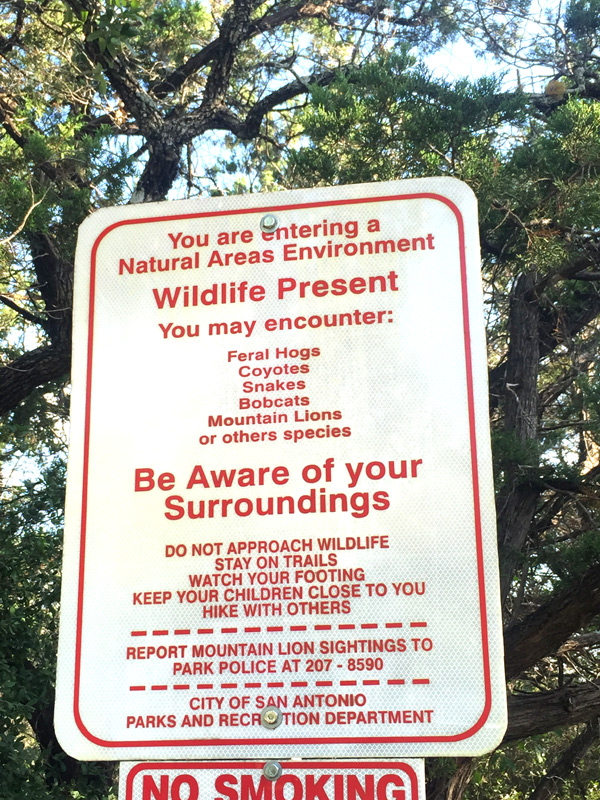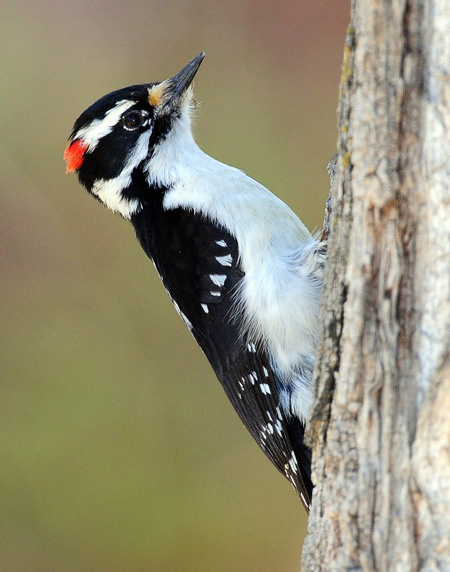Utah County Birders Newsletter
|
 |
Contents
August Meeting
Upcoming Field Trips
Captainís Log
Bird of the Month
Field Trip Report
- Mirror Lake
Backyard Bird of the Month
July Hotline Highlights
AUGUST MEETING:
Thursday, August 13th, 2015 - 7:00 pm
Summer Social Potluck - Our meeting this month will be our annual potluck dinner and social on our regular meeting night, August 13th, at 7pm. We will be meeting at the pavilion at Rock Canyon Park (in the lower park where we've held our dinner in previous years). Bring a potluck item to share and come join us for dinner and socializing!
Saturday, August 22nd, 2015. 7am-12pm. Silver Lake in Big Cottonwood Canyon. We will meet at the Pioneer Crossing Park and Ride on the northwest corner of the American Fork Main Street I-15 exit (next to the Value Place Motel) to carpool up Big Cottonwood Canyon. We may stop along the way, but our ultimate goal will be to bird the boardwalk area at Silver Lake and the top of the canyon. Bring snacks, water, and bug spray.
We are actively recruiting people to lead local half-day field
trips, any time, any place. If you would like to lead a field trip or if you
have any ideas for this yearís field trips, please contact Bryan Shirley at -
bt_shirley@hotmail.com
Utah County Birders Captainís Log:
August 2015
by Keeli Marvel
|
|
|
Warning sign on the Natural Area trails at Eisenhower Park. Fortunately I did not encounter any of the scary wildlife. |
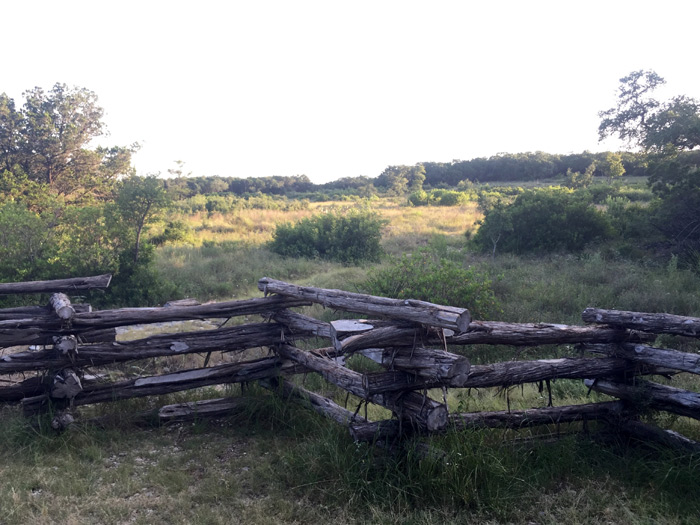 |
|
An open area along the trail at Eisenhower Park. |
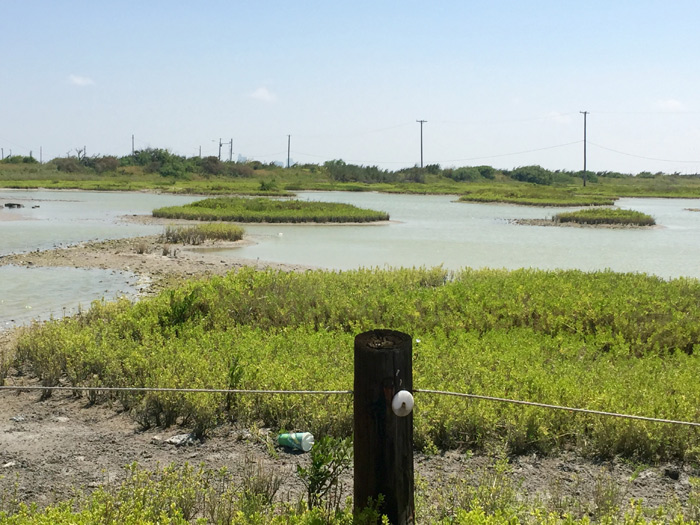 |
|
Mud flats at Sunset Lake Sanctuary on the Gulf of Mexico. |
I recently spent a week in San Antonio for work. If youíve never been there,
trust me when I say July is not really the time you want to go. But I was there
for work and had a little bit of free time at the beginning and end of the week
to do some bird watching.
The day I flew in, I headed up north of San Antonio to a park called Eisenhower
Park just outside the army training site Camp Bullis. Eisenhower is a really
nice park with hiking trails that wind for miles through native scrub forest. It
would probably be a really great place to bird on a spring morning; however, it
was a bit slow on a summer evening. I wandered around for a couple of hours and
saw quite a few Lesser Goldfinch, Blue-gray Gnatcatchers, a Rufous-crowned
sparrow, a White-eyed Vireo, and then, at last, just before I was about to pack
it up and head home for the day, I picked up a lifer Painted Bunting! I could
hear it calling just off the parking lot in a big oak tree. Unfortunately when I
tracked it down it turned out to be a juvenile male (not colorful yet), but it
was a lifer nonetheless! I learned later it takes a couple of years for the
males to molt into their full adult multi-colored plumage.
While I was hiking I passed some folks who were hoping to see a cardinal in
hopes that meant the Cardinals baseball team would win that night. Iím not sure
if they found one, but I saw three later, an adult and a pair of fledglings
begging for food. Didnít seem to help them any though, seeing as how the
Cardinals lost the game that night.
Anyways, back to birding! On Friday training ended early so I took off for
Corpus Christi, a couple hour drive from San Antonio. I ended up out on the Gulf
of Mexico birding along the coastline at a place called Indian Point and the
Sunset Lake Sanctuary. Indian Point is a fishing spot with a pier that juts out
into the gulf between Corpus Christi and the little town of Portland, TX. Not a
great place if you want a nice recreation beach, but awesome for birding. Sunset
Lake Sanctuary has miles of boardwalk that parallel the bridge and the mudflats
separating Corpus Christi Bay from the Gulf of Mexico. The mudflats host an
amazing diversity of wildlife, including an assortment of wading birds and
terns. I picked up at least three species of terns there. I also picked up a
lifer Reddish Egret. Other highlights I saw there included a really cool Roseate
Spoonbill feeding in the shallow water, Tricolored Herons, Snowy and Great
Egrets, American Oystercatchers, Neotropic Cormorants, and piles of Laughing
Gulls (the most common in that area). I finished off my evening with some
fantastic BBQ at a Texas staple called Rudyís. If you want the real Texas BBQ
experience, stop in a Rudyís. Theyíre built into converted gas stations and
their creamed corn is so good I want to roll in it.
The next morning I had a few hours before my afternoon flight back to SLC, so I
headed down to the Mitchell Lake Audubon Center to bird with one of the local
experts, Helen Rejzek. A few weeks before my trip Iíd contacted their field trip
coordinator to find out if anyone wanted to bird with me that weekend, and Helen
had emailed me back and agreed to meet me for a few hours of birding. Iím pretty
sure I mentioned this the last time I reported on birding in Texas, three years
ago, but the Mitchell Lake Audubon is one of the coolest places to bird. Theyíve
got a big chunk of gated property with native forests and reclaimed sewage ponds
that was purchased by the Audubon as a birding refuge, and they maintain a
visitor center in a converted house on site with a gift shop and space for
meetings and outreach activities and such. The birders down there are really the
nicest people, too.
Helen had emailed me earlier in the week to let me know the Groove-billed Anis
had made an appearance for the first time in a few years, so that was our
surprise target bird. I also really wanted to get a lifer Yellow-billed Cuckoo,
and Helen drove me out to the site where the Anis were being reported, and
within a few minutes we saw both. The Anis are really cool black birds about the
size of the cuckoos with long tails and funky, large, textured (hence the
groove-billed) bills. It was especially cool to see them because they were a
species that werenít even on my radar until Helen had emailed me earlier in the
week. Bonus lifer! Other cool birds we saw that morning included the
Scissor-tailed Flycatchers that I never get tired of seeing, Dickcissels,
Yellow-crowned Night Heron, an Anhinga, and Black-bellied Whistling Ducks (they
whistle!) and another lifer for me: Olive Sparrows.
On one of the lakes we saw large flocks of Snowy Egrets flying around dragging
their feet in the water. Anyone else ever observe egrets exhibiting this
behavior? Maybe was a feeding technique? I also got a real quick look at a
colorful male Painted Bunting, which was pretty much icing on the cake at that
point. On the way out I stopped at a freeway underpass and picked up my last
lifer for the trip: Cave Swallows nesting under the overpass. Itís a really good
day when you get all your target birds in a couple hours!
Thatís all the birding I had time for this trip. Iíve still got a few Texas
specialties saved for the next trip (Golden-cheeked Warbler anyone?) Hope your
summers have been birdy!
Happy Birding!
Keeli Marvel
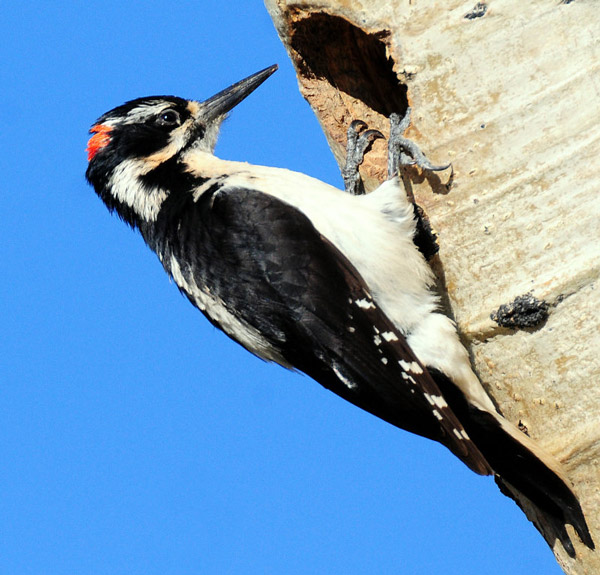 |
|
Hairy Woodpecker |
|
|
|
Downy Woodpecker |
Hairy Woodpecker
Picoides villosus
by Machelle Johnson
The Hairy Woodpecker is a fairly common and widespread permanent resident of
Utah. It is a large, forest bird that prefers large trees in mature forests. It
forages on trunks and major limbs of large trees. Solitary or paired, birds
forage at all heights and like a lot of room, it ranges widely and is prone to
making long flights to other foraging locations.
The Hairy Woodpecker is a medium-sized, sturdy, boldly patterned black-and-white
woodpecker whose plumage resembles the smaller Downy Woodpecker. Both are
white-backed with unbarred sides, the males have a red patch on the back of the
crown. The best way to distinguish between the two is size and bill. The Hairy
head is large and somewhat oblong or squarish. The bill is heavy and long - as
long as the head is wide. It's head and bill give Hairy a wedge-faced
appearance, quite unlike the round-headed petite-billed look of Downy. Look at
Sibley's drawings comparing the two. There are also several great photos of both
on the utahbirds.org website in the photo gallery.
Pete Dunne says about the two, "People have difficulty distinguishing Downy from
Hairy because they give too much weight to the plumage and not enough to the
powers of human perception. Downy is a tiny compact woodpecker that would have
to stretch to see over a coffee mug. Hairy is a fill-sized big-billed street
brawler of a woodpecker that would have no trouble peering over a beer mug."
David Allen Sibley talked about perception at his keynote address at the Great
Salt Lake Bird Festival in May. He encourages birders to focus on size, shape
and behavior first instead of plumage. Our first impression is usually based on
perception, but often we quickly move on to focus on plumage, sometimes
disregarding the first impression. A few years ago Alton Thygerson gave me some
pointers after I mistakenly ID'd an immature Long-billed Curlew as a Whimbrel...He
said to get three field marks, including size and shape, then a plumage ID. We
usually don't have a hard time identifying the really common birds, but
sometimes even a Robin's plumage can be just different enough to make us look
twice, but if we look at size, shape and behavior we can certainly tell it's a
Robin even it it's really pale or has other odd coloring's.
Of course vocalization is also important in identification. Sibley describes
Hairy: "Contact call is a sharp, strong peek or peech, sharper, louder, and
higher-pitched than Downy. When agitated a stuttering peer rr krr. Rattle call
sharp and high like a contact call." Downy: "Contact call a short, gentle, flat
pik. Rattle call slow, similar in quality to pik note; beginning slow and
squeaky, ending lower, faster; varies from kikikikiki....to slow, squeaky twi
twi twi..." Drumming is also different, you can read descriptions about voice
and drumming in any field guide. You can also listen at allaboutbirds.org.
One last note about behavior differences, Hairy woodpeckers are found in a
variety of habitats, but in all habitats, it prefers larger mature trees and
robust limbs. It is not likely to occur in newer suburban neighborhoods devoid
of woodlands, and unlike Downy, does not forage on weed stalks, cattail, or
phragmites. Downy is more versatile and nimble. Feeds by clinging to tree trunks
and branches down to the size of twigs.
I hope you all have a Hairy and Downy Woodpecker on your Utah list this year!
References: The Sibley Guide to Birds, second edition, by David Allen Sibley.
Pete Dunne's Essential Field Guide Companion, by Pete Dunne.
If you would like to
write an article for the Bird of the Month, please contact
Machelle -
machelle13johnson@yahoo.com
Click here for past 'Birds of the Month'.
Field Trip Report
Mirror Lake Highway - July 11, 2015
by Machelle Johnson
Saturday July 11, 10 birders met for a day of birding along Mirror Lake Highway.
We had 3 generations of Hills, Ned, his son, and his 7 year old grandson. The
weather was sunny and cool, it warmed up a bit during the day, but was quite
pleasant until about 1pm when the wind picked up and we got some rain. All in
all it was a nice day to be out.
We started at Soapstone Basin, the sun was just coming up over the mountains and
we got some spectacular views of a Red-naped Sapsucker and a Yellow Warbler with
the sun shining on them, making their colors really pop! While we were admiring
those 2 birds we heard some chirping close by and found an immature Broad-tailed
Hummer in the willow next to us, right above eye-level. An adult was feeding it,
which was fun to see. We got to watch the baby lick it's 'lips' afterward. Other
species seen at Soapstone were:
Song Sparrow
Brown-headed Cowbird
Pine Siskin
American Robin
American Pipit
American Dipper
Turkey Vulture
Common Raven
Warbling Vireo
Western Wood Peewee
We went on up to Mirror Lake. The place was crowded but we were able to find
parking spots. As we were getting out of our cars Keeli ran over to tell us that
there were Pine Grosbeaks in the meadow by where she parked. We zipped over to
see 3 Pine Grosbeaks in the grass and flowers just about 10 feet from the car.
We got some great looks at 2 male and 1 female. The White-crowned Sparrows were
singing in full force - everywhere. We walked up the boardwalk a ways and into
the campground. It was full - of people - not too birdy in the campground. We
headed out to Bonnie Lake which is about a mile North and East of Mirror lake.
It was quiet - not many other people, and not many birds either. I think we went
about halfway to Bonnie Lake before deciding to go back and have lunch. On the
trail we did stop for a few minutes to see if we could call in a Gray Jay. It
worked, 2 Jays flew in to the top of the trees we were standing by. Other than
that, the trail was pretty quiet. Here is a list of what we saw at Mirror Lake:
Pine Grosbeak
White-crowned Sparrow
American Robin
Clark's Nutcracker
Ruby-crowned Kinglet
Dark-eyed Junco
Chipping Sparrow
Yellow-rumped Warbler
Common Raven
Mountain Chickadee
Gray Jay
Cassin's Finch
Spotted Sandpiper
After lunch Ned suggested we stop at Bald Mountain trail head. The lot was full,
it took a few turns around the lot to find parking places. We hiked up a side
road a bit and set up a scope to look for Black Rosy Finches, but had no luck.
The wind was really picking up and it was starting to rain so we said our
goodbyes and went home. We were able to be birding during the nicest part of the
day and were able to add some target birds to our list!
July 2015
Jack Binch - Sandy
Easy pick in July. A male Rufous Hummingbird squeaked in on the last day.
Jeff Cooper - Pleasant Grove
I think I and many others might submit Rufous Hummingbird. I was glad to get them back at the very tail end of the month.
Harold Clayson - Salem
Tough choice. Monday morning in ten minutes saw Virginia's Warbler,
Black-headed Grosbeak, and a pair of Downy Woodpeckers in a plum
tree.
Eric Huish - Pleasant Grove
The Hummingbird hordes have returned, including several Rufous Hummingbirds.
Keeli Marvel - Saratoga Springs
My backyard bird this month was a front yard Western Kingbird that successfully raised a nest full of babies in my gutter under a roof overhang. It took me seeing the adults perching under there for the last month to figure out they were actually tending a nest. We've been watching them bring food in for the nestlings for a couple weeks, and they fledged while I was in San Antonio. Kinda fun!
Milt Moody - Provo
A timid male Rufous Hummingbird was chased from my feeders by an
unusually aggressive Black-chinned Hummingbird. Wasn't even a contest. Must have
been a disappointment for the Rufous Hummingibrd community and a rare victory
celebration for the Black-chinned gang!
Alton Thygerson - Provo
Band-tailed Pigeon - Once there were four but usually two. However,
during the last couple of weeks in July, I didnít not see any visiting
underneath my feeders.
Report your favorite backyard bird
each month to Eric Huish at 801-360-8777 or
erichuish@gmail.com
The Utah County Birders Newsletter is now online only/mostly.
We've decided to stop the regular paper mail version of the UCB Newsletter. This will save our club on Printing, Postage and Paper. If you would like an email notice each month when the Newsletter is posted online please send an email to Eric Huish at erichuish@gmail.com.
We are willing to print the online version of the newsletter and mail it out to anyone who still wants a paper copy or who doesn't have internet access. If you know of anyone who enjoys the UCB Newsletter but doesn't have internet access please let Eric Huish or Keeli Marvel know and we will make sure they get a copy.
Printable Version of this UCB Newsletter
